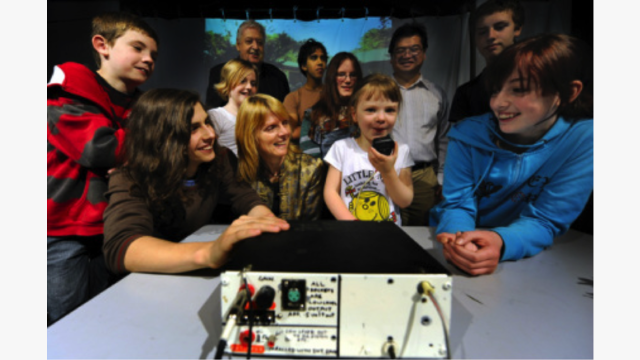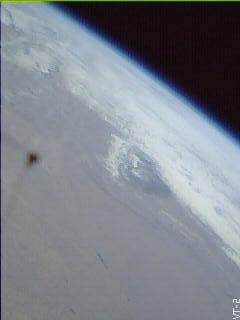AMSAT President Joe Spier, K6WAO, will appear on Ham Nation’s September 26, 2018 episode (#369) with Gordon West, WB6NOA. Joe is scheduled to discuss the latest news from AMSAT and ARISS.
Ham Nation records live every Wednesday at 9:00pm Eastern / 6:00pm Pacific / 01:00 (Thu) UTC and can be viewed at https://twit.tv/shows/ham-nati



